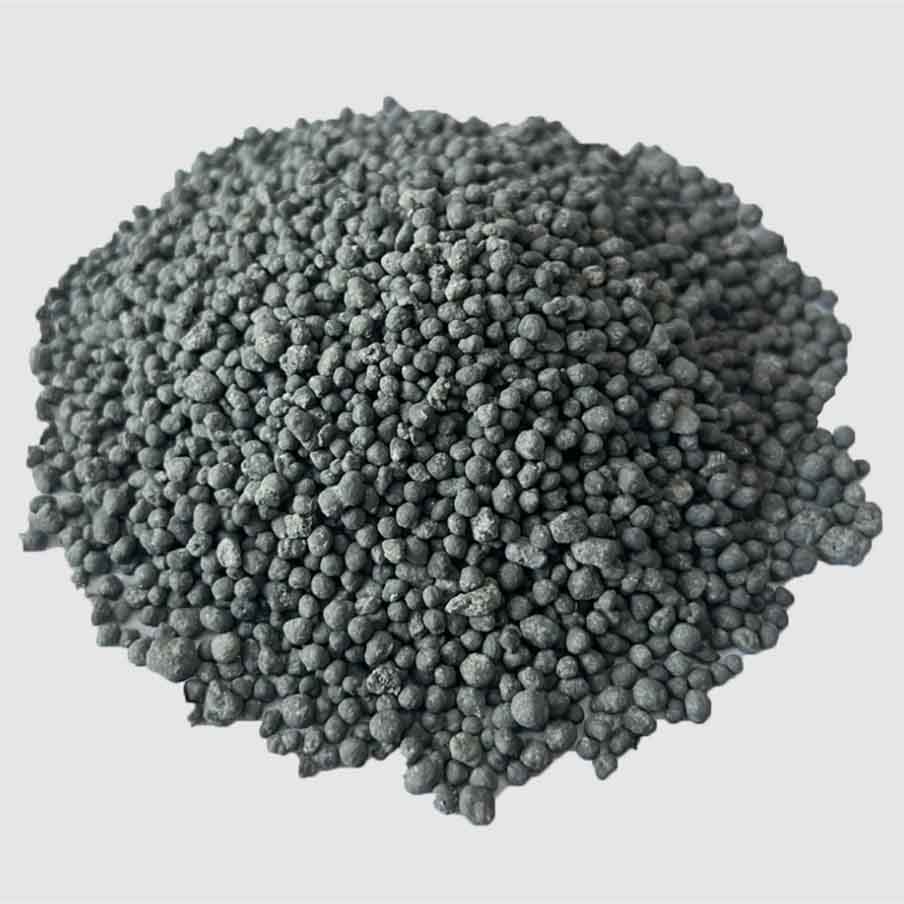
Nov . 30, 2024 14:20 Back to list
Essential Nitrogen Fertilizers for Effective Lawn Care and Healthy Grass Growth
Understanding Nitrogen Fertilizers in Lawn Care
Maintaining a healthy, lush green lawn is a goal for many homeowners and gardeners. One of the key elements to achieving this is the proper use of nitrogen fertilizers. Understanding how nitrogen fertilizers work, their types, and best application practices can make a significant difference in lawn health and appearance.
The Role of Nitrogen in Lawn Care
Nitrogen is one of the three primary nutrients essential for plant growth, alongside phosphorus and potassium. It is crucial for the development of chlorophyll, the green pigment in plants that is vital for photosynthesis. Chlorophyll allows grass to convert sunlight into energy, promoting healthy growth and a rich green color. Moreover, nitrogen contributes to the formation of amino acids, proteins, and nucleic acids, all of which are necessary for cell growth and overall plant development.
Types of Nitrogen Fertilizers
Nitrogen fertilizers primarily come in two forms synthetic (or chemical) and organic
.1. Synthetic Fertilizers These are manufactured through chemical processes and typically provide a quick release of nitrogen. Common types include urea, ammonium sulfate, and ammonium nitrate. Synthetic fertilizers are convenient as they can deliver high nitrogen concentrations and lead to immediate greening effects. However, they can also lead to nutrient leaching and may harm beneficial microorganisms if overused.
2. Organic Fertilizers Derived from natural sources such as compost, manure, or plant-based materials, organic fertilizers release nitrogen more slowly. They enhance soil health and fertility over time, improving its structure and promoting microbial life. While they might require more frequent applications for visible results, they provide a more sustainable approach to lawn care.
Best Practices for Application
lawn care nitrogen fertilizer

To maximize the benefits of nitrogen fertilizers, appropriate application methods must be employed. Here are some tips for effectively using nitrogen fertilizers in lawn care
1. Soil Testing Before applying any fertilizer, conduct a soil test to determine the existing nutrient levels and pH of your soil. A balanced soil will ensure the optimal uptake of nitrogen by the grass.
2. Timing The timing of application is crucial. For cool-season grasses, early spring (when temperatures begin to rise) and fall (before winter dormancy) are ideal. For warm-season grasses, late spring through summer is best. Avoid applying fertilizers during extreme heat or drought conditions, as this can stress the lawn.
3. Application Rate Follow application guidelines carefully, as over-fertilization can lead to excessive growth, requiring more frequent mowing, and can increase susceptibility to pests and diseases. A general rule of thumb is to apply no more than one pound of nitrogen per 1,000 square feet during each application.
4. Watering After applying nitrogen fertilizer, it is essential to water the lawn. This helps activate the fertilizer and promotes nutrient absorption by the grass roots. However, be cautious not to overwater, as this can lead to runoff and nutrient leaching.
5. Observe and Adjust After application, pay attention to the lawn's response. If the grass appears too lush or there’s discoloration, adjust future applications accordingly. A balanced nutrient profile is key to maintaining a healthy lawn.
Conclusion
Using nitrogen fertilizers effectively can have a profound impact on the health and appearance of your lawn. By understanding the role of nitrogen, choosing the right type of fertilizer, adhering to best practices for application, and maintaining observational adjustments, homeowners can achieve a vibrant, thriving lawn. Ultimately, a well-nourished lawn not only enhances curb appeal but also contributes to the overall health of the environment by sequestering carbon and supporting local biodiversity. With proper care and attention, your lawn can flourish beautifully throughout the seasons.
-
10 10 10 Fertilizer Organic—Balanced NPK for All Plants
NewsJul.30,2025
-
Premium 10 10 10 Fertilizer Organic for Balanced Plant Growth
NewsJul.29,2025
-
Premium 10 10 10 Fertilizer Organic for Balanced Plant Growth
NewsJul.29,2025
-
Premium 10 10 10 Fertilizer Organic for Balanced Plant Growth
NewsJul.29,2025
-
50 Pound Bags of 13-13-13 Fertilizer for All Plants – Bulk & Organic Options
NewsJul.28,2025
-
High-Efficiency 15-30-15 Granular Fertilizer for Healthy Crops
NewsJul.28,2025
